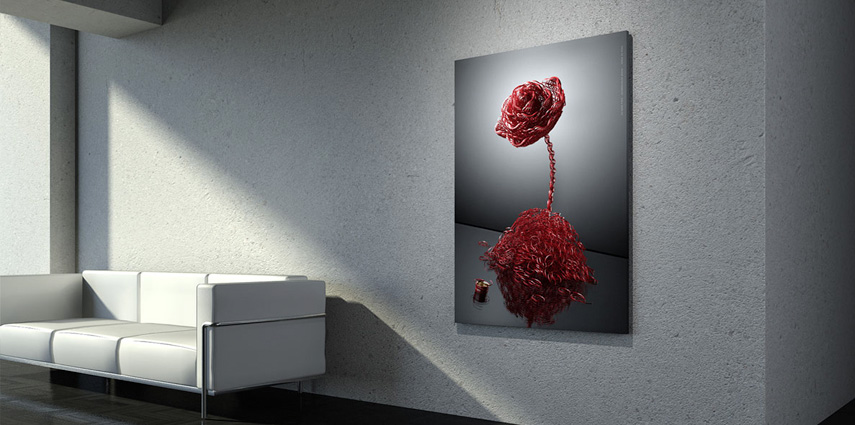GREAT design, the management expert Gary Hamel once said, is like Justice Potter Stewart’s famous definition of pornography — you know it when you see it. You want it, too: brain scan studies reveal that the sight of an attractive product can trigger the part of the motor cerebellum that governs hand movement. Instinctively, we reach out for attractive things; beauty literally moves us.
Yet, while we are drawn to good design, as Mr. Hamel points out, we’re not quite sure why.
This is starting to change. A revolution in the science of design is already under way, and most people, including designers, aren’t even aware of it.
Take color. Last year, German researchers found that just glancing at shades of green can boost creativity and motivation. It’s not hard to guess why: we associate verdant colors with food-bearing vegetation — hues that promise nourishment.
This could partly explain why window views of landscapes, research shows, can speed patient recovery in hospitals, aid learning in classrooms and spur productivity in the workplace. In studies of call centers, for example, workers who could see the outdoors completed tasks 6 to 7 percent more efficiently than those who couldn’t, generating an annual savings of nearly $3,000 per employee.
In some cases the same effect can happen with a photographic or even painted mural, whether or not it looks like an actual view of the outdoors. Corporations invest heavily to understand what incentivizes employees, and it turns out that a little color and a mural could do the trick.
Simple geometry is leading to similar revelations. For more than 2,000 years, philosophers, mathematicians and artists have marveled at the unique properties of the “golden rectangle”: subtract a square from a golden rectangle, and what remains is another golden rectangle, and so on and so on — an infinite spiral. These so-called magical proportions (about 5 by 8) are common in the shapes of books, television sets and credit cards, and they provide the underlying structure for some of the most beloved designs in history: the facades of the Parthenon and Notre Dame, the face of the “Mona Lisa,” the Stradivarius violin and the original iPod.
Experiments going back to the 19th century repeatedly show that people invariably prefer images in these proportions, but no one has known why.
Then, in 2009, a Duke University professor demonstrated that our eyes can scan an image fastest when its shape is a golden rectangle. For instance, it’s the ideal layout of a paragraph of text, the one most conducive to reading and retention. This simple shape speeds up our ability to perceive the world, and without realizing it, we employ it wherever we can.
Certain patterns also have universal appeal. Natural fractals — irregular, self-similar geometry — occur virtually everywhere in nature: in coastlines and riverways, in snowflakes and leaf veins, even in our own lungs. In recent years, physicists have found that people invariably prefer a certain mathematical density of fractals — not too thick, not too sparse. The theory is that this particular pattern echoes the shapes of trees, specifically the acacia, on the African savanna, the place stored in our genetic memory from the cradle of the human race. To paraphrase one biologist, beauty is in the genes of the beholder — home is where the genome is.
LIFE magazine named Jackson Pollock “the greatest living painter in the United States” in 1949, when he was creating canvases now known to conform to the optimal fractal density (about 1.3 on a scale of 1 to 2 from void to solid). Could Pollock’s late paintings result from his lifelong effort to excavate an image buried in all of our brains?
We respond so dramatically to this pattern that it can reduce stress levels by as much as 60 percent — just by being in our field of vision. One researcher has calculated that since Americans spend $300 billion a year dealing with stress-related illness, the economic benefits of these shapes, widely applied, could be in the billions.
It should come as no surprise that good design, often in very subtle ways, can have such dramatic effects. After all, bad design works the other way: poorly designed computers can injure your wrists, awkward chairs can strain your back and over-bright lighting and computer screens can fatigue your eyes.
We think of great design as art, not science, a mysterious gift from the gods, not something that results just from diligent and informed study. But if every designer understood more about the mathematics of attraction, the mechanics of affection, all design — from houses to cellphones to offices and cars — could both look good and be good for you.
By Lance Hosey, the chief sustainability officer at the architecture firm RTKL, is the author of “The Shape of Green: Aesthetics, Ecology, and Design.”

